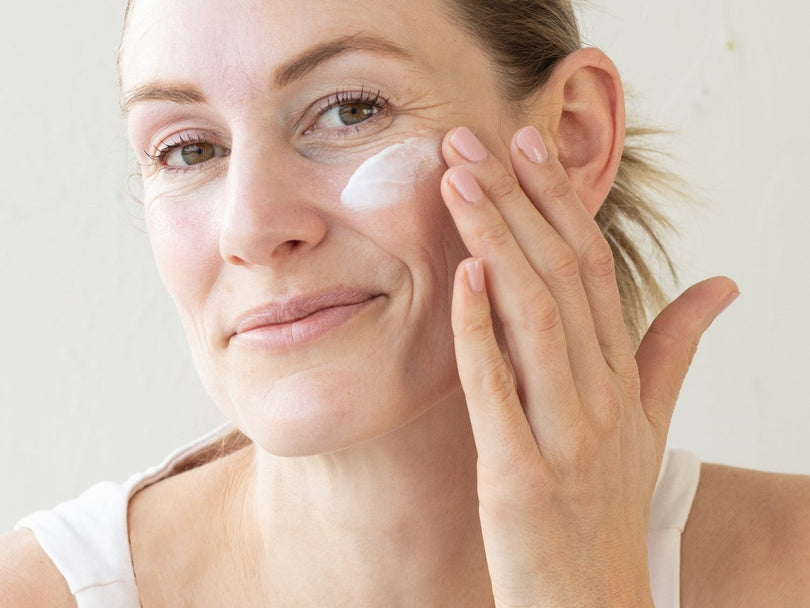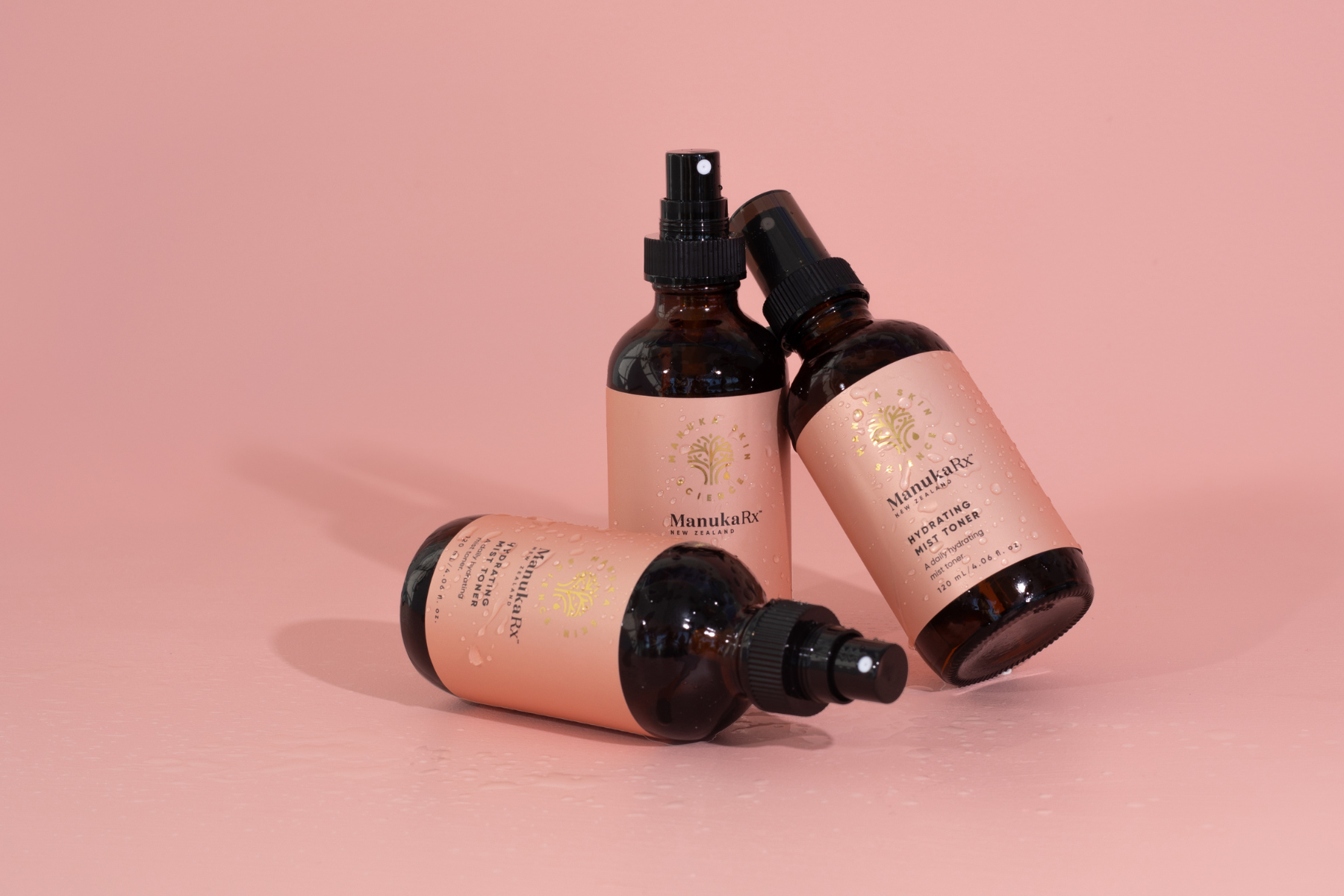When you introduce a new skincare product into your routine, especially one with powerful active ingredients, you might notice an initial increase in acne breakouts, peeling skin or inflamed skin.
This phenomenon, known as skin purging, can be alarming, but it's often a sign that your skincare product is working to improve your skin's health in the long term.
So, what is skin purging? Why does it happen? How can you treat and prevent it?
What is Skin Purging?
Skin purging refers to a temporary reaction that occurs as your skin's response to new skincare products as they speed up the skin cell turnover process.
Retinol, face oils and other products with active ingredients such as salicylic acid, glycolic acid, beta hydroxy acids (BHAs), alpha hydroxy acids (AHAs) and benzoyl peroxide are common culprits behind skin purges.
These ingredients exfoliate the skin, unclog pores, and promote the renewal of healthy cells. As a result, clogged pores are pushed to the surface, leading to an increase in acne breakouts such as white heads and pimples.
While it may seem like the product is making your skin worse, this skin's natural reaction is actually a sign that the product is working to clear out the debris and dead skin cells trapped beneath the surface. As the skin renews, these impurities rise to the surface, causing the appearance of purging skin.
This process typically lasts from two to six weeks as the skin rids itself of congestion and adjusts to the new product.

Skin Purging vs. Breakouts
It’s essential to differentiate skin purging from regular breakouts. Here’s how to tell the difference:
Location:
Skin purging usually occurs in areas where you typically experience breakouts (such as your T-zone or areas prone to congestion). If you're breaking out in areas where you usually don't have issues, it may be an adverse reaction.
Duration:
Purging tends to clear up within a few weeks. If the breakouts persist beyond this period or worsen, it could indicate that the product is not suitable for your skin.
Type of Blemishes:
Purging generally brings out pre-existing congestion, which can look like small pimples or whiteheads. Breakouts from irritation tend to be larger, more inflamed pimples or cysts.
Skin Purging vs. Allergic Reaction
Not all skin reactions are purging. A skin allergy typically presents as severe redness, itching, swelling or a rash and may require discontinuation of the product and medical attention. Breakouts caused by purging, however, often occur in small clusters or areas where you typically experience acne.
How to Treat and Manage Skin Purging
Although purging occurs as part of the skin's natural renewal process, it can be frustrating to deal with. Here are some tips on how to treat skin purging and minimise its effects:
1. Stick with Your Routine
While it may be tempting to stop using the product immediately, it's essential to continue with your skincare routine to allow purging to complete. Not all skin reactions are purges, so it's important to distinguish between a skin purge and an allergic reaction.
If you're unsure, consult with a qualified dermatologist.

2. Gradually Increase Usage
When introducing a new facial oil, oil-based cleanser, or skincare product with acne-fighting ingredients, start by using it a few times a week, then gradually increasing usage as your skin gets used to it. This approach can help prevent skin purging from becoming too severe.
Spend these first days looking for the first sign of a skin reaction.
3. Use Soothing Products
Incorporate products with soothing properties into your routine to calm inflamed skin and reduce further inflammation. Ingredients like aloe vera, chamomile and niacinamide can help soothe the skin during the purging process.
4. Avoid Over-Exfoliation of Dead Skin Cells
While exfoliation is key to speeding up cellular turnover, over-exfoliating can worsen the situation, leading to irritation and prolonged breakouts. Stick to using natural exfoliants like mānuka oil or exfoliating acids like salicylic acid or glycolic acid as directed. Avoid combining too many harsh ingredients at once.
This is particularly important for acne-prone skin.
5. Protect Your Skin
Always apply a broad-spectrum sunscreen that won't clog pores during the day, especially when using chemical peels or exfoliating products. Protecting your skin from UV damage is crucial in maintaining a healthy skin barrier and preventing further inflammation.
6. Consult a Dermatologist
If your skin purging lasts longer than a few weeks or if you're experiencing severe irritation, it may be worth consulting a board-certified dermatologist (Dr. of skincare). They can provide personalised advice and recommend treatments that suit your specific skin concerns.

The Benefits of Skin Purging
Although skin purging may feel like a necessary evil, it’s ultimately a sign that your new skincare product is accelerating skin cell turnover and helping your skin renew itself. Once the purging phase is over, you’ll likely notice that your pores appear smaller, your skin tone and skin texture are more even, and your skin feels smoother and healthier overall.
The breakouts should disappear faster than typical acne, revealing new cells and clearer skin at the surface.
Embracing Purging
While enduring the life cycle of a skin purge can be difficult, understanding what it is and how to manage it can help you get through it more easily. By continuing with your skincare routine, using soothing properties in your products, and gradually introducing active ingredients, you can minimise discomfort and encourage your skin to emerge clearer and healthier in the long run.
Remember, the key is patience and consistency - your skin will thank you for it!






